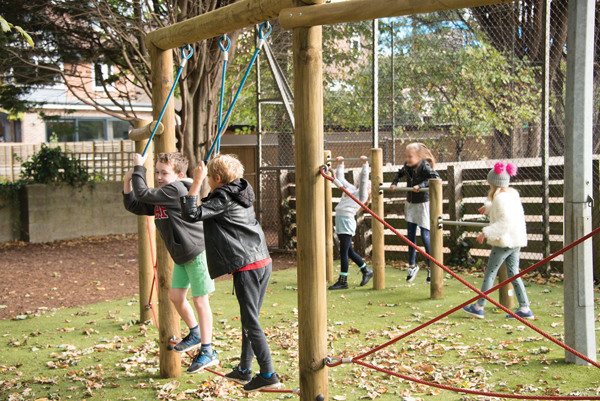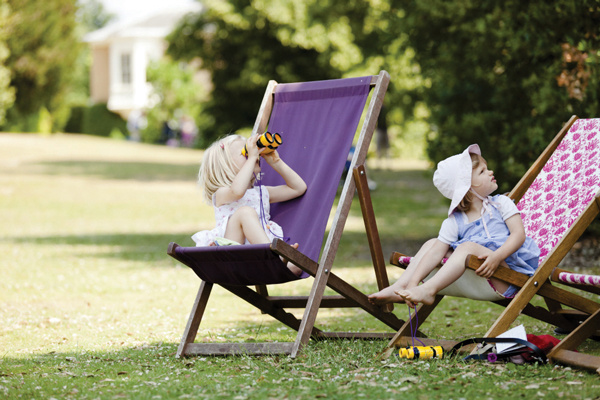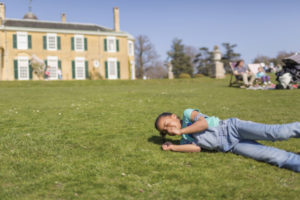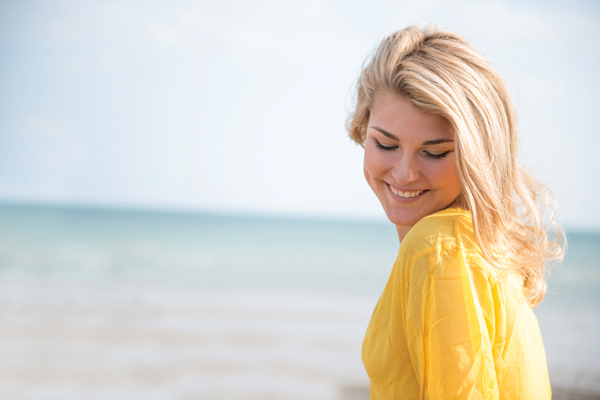
by Lianne Morrison, Head of Pre-Prep, Lancing Prep Hove and
Jovita Opio, Nursery Manager, Little Lancing Day Nursery & Forest School
Transitions can be tricky hurdles to negotiate at whatever point in life, and for very young children, changes are often an unsettling experience in their daily lives. These can include the birth of a new sibling, moving house, changes in family living arrangements, bereavement and last but by no means least going to school.
It is one of the most momentous transitions in their Early Years journey when a child faces the step up into the Reception year. It can be emotional for parent/carer and child alike. For parents it can seem like only yesterday that their child was just a tiny bundle of joy in a buggy and now, in a flash, here they are looking very grown up in their new school uniform – where did those years go? For the child, there can be equal parts excitement and nervous butterflies as they get ready to join a school where much will be new.
‘School readiness’ is a phrase that can quickly become a preoccupation for parents whose children will be making this transition, but what does it mean? It can be hard to define precisely, and how ready a parent feels their child is for school can often turn out to be something rather different to how ready the Reception teachers feel a child actually is. This is evidenced in a recent survey, where 9 out of 10 parents thought their child was school ready and teachers only thought 1 in 3 children were! So, it’s useful to know what school readiness means to schools and how parents can work with their child, and their child’s early years setting or childminder, to ensure that their child is well prepared for the years ahead.
Top of the list is likely to be a child’s growing sense of independence. Practical skills will help build this and there are some very simple ways that the parent/carer can incorporate these into daily routines at home. These skills cover personal care, from being able to dress themselves without too much help, negotiate buttons and zips, to being able to put on and take off shoes and outdoor clothes, using cutlery at lunchtime and drinking from an open cup. Probably the most important personal care skills are using the toilet and washing and drying hands effectively.
Language skills are another key area. Studies show that children who have enjoyed lots of conversations and been read stories daily prior to starting school had a richer vocabulary compared to those who were less exposed to these experiences. The ability to communicate and use simple language can help enormously with settling into a school community. Talking to others about what they have been doing, what they have experienced or just chatting about the world around them is something they already do at home but extra practice will build confidence in expressing themselves. Singing nursery songs or chanting nursery rhymes is a fun way of joining in at school, particularly when these are already familiar to them and they enjoy the sounds and hand actions. Language skills can of course vary enormously at this age but if a child knows how to ask for help in simple terms, it can minimise feelings of stress in classroom situations.
Children will also have begun to learn social skills, build relationships and develop communication. The three key components of this are learning to listen, understanding and following simple instructions and starting to build resilience. This will enable them to concentrate for short periods of time to start with, engage with tasks and to persevere when something doesn’t go quite right!
Sparking curiosity can play a significant part in this. Learning about the world about them, imaginative play, sharing story books and talking about the characters and pictures are all activities that children will encounter in school, alongside creative skills such as drawing, colouring and painting and simple construction activities which help develop fine motor skills and improve coordination. Children accessing nature is a great way to spark curiosity and learn about the world around them.
Interacting appropriately with others is another important skill that parents/carers can support at home. Understanding feelings and being able to discern what other children are feeling is important. Learning to take turns with toys and practising sharing can help children to understand that they need to consider others. Children can begin to learn to recognise emotions and reactions of others by talking about how they feel or how they think another person is feeling. Beginning to understand what a friend is feeling, or if something is making them sad, can help to build relationships. These skills can be practised by looking at a story book with a parent/carer and talking about how the characters might be feeling. Setting boundaries for their own behaviour, and that of others, so that they know when, and how, to say no to something that makes them feel sad or cross or uncomfortable is another skill that can be developed at home.
For children to easily adapt to the routines of school life, healthy routines at home will help them. It is so important that children get the rest they need and are ready for school each morning, so a consistent bedtime routine, healthy limits to screen time and a supervised tooth brushing regime twice daily are recommended, along with eating a healthy, balanced diet. These factors all come together to help new Reception children become healthy and happy learners.
There is plenty of help available for parents to navigate their family’s way through to school readiness. It’s important to remember that children develop at their own pace, right from the day they first enter the world, and some may need a little more help than others when it’s time to get to grips with moving to life at school.
Whatever experience a child has had prior to going to school, it is still a huge step. For some, previous experiences might be attending a daycare nursery or being cared for by a childminder. For others, they might have been attending a preschool attached to a school. Some might be joining straight from home, possibly where they were looked after by a parent, family member or a nanny, without ever having attended an Early Years setting with other children their age.
Early Years settings and childminders should have a good grasp of how they need to work with the children to prepare them for joining school. They are well-versed in the transition process for their preschoolers. Firstly, there is the strong bond with parent/carers which ensures setting and families work together. Secondly, contact is established between the setting and the school the child is joining, typically with nursery visits from Reception teachers and school readiness events at the school prior to the start of the new school year in September. Early Years practitioners share their knowledge of the child and their developmental milestones (with parental permission of course) and in that way the school can gain insights into the child, and into any particular needs they may have, and the nursery can help prepare the child for this important step in their Early Years journey.
If a child has been in a preschool attached to a school, whether state maintained or independent, the transition will likely be very easy for the child and their family alike. They will be familiar with the school buildings and there will be a natural progression moving from preschool to the main part of the school. Some schools will employ qualified teachers to lead their preschool so the teaching style of their new Reception teacher will also feel familiar. For many families, the move from preschool to Reception in the same school will be a seamless process.
If a child has been more home-based, then the transition might be a bigger step and they may well benefit from attending a nursery or their planned school’s preschool, for at least a couple of days a week in the final year before they start in Reception. It will help them to begin to acquire the valuable social and communication skills that will stand them in good stead for life among their peers. Parents may have their own social and support groups with other families and this can also provide good opportunities to collaborate with others who are in the same situation.
If a parent is concerned about their child’s development, or their child has additional needs, such as EAL or SEND, there is support available to families. Parents should share as much information as they can with the school to help the child settle into Reception and work with their child’s current care provider, whether a nursery or a childminder. Health visitors or family hubs can also support families with more information and resources.
There is so much that can be done to help to increase independence and build confidence that will help the child to feel ready, both in practical terms and emotionally, for school. Practise within the home environment will reinforce what the nursery, childminder or preschool are working on with the child. What’s truly important is that everyone works together to ensure that the transition is a positive experience and children set off for school excited and confident at what is to come.
The Lancing College family includes its two Prep Schools located in Hove and Worthing and Little Lancing Day Nursery & Forest School which offers day care all-year round for children aged two months and over. www.littlelancing.co.uk www.lancingcollege.co.uk

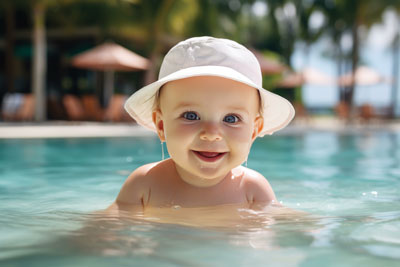
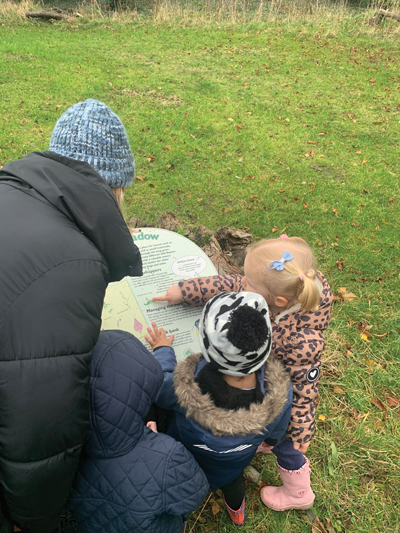

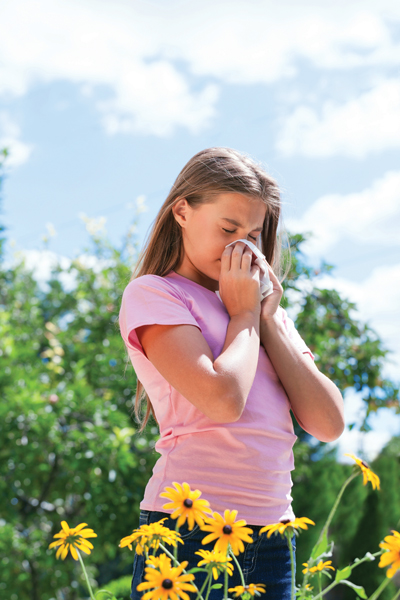
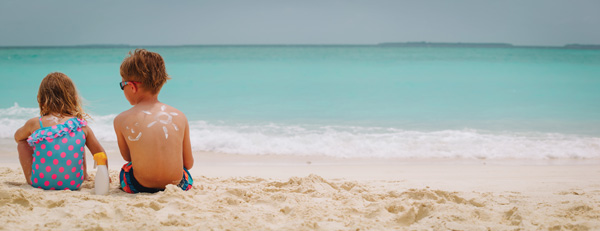
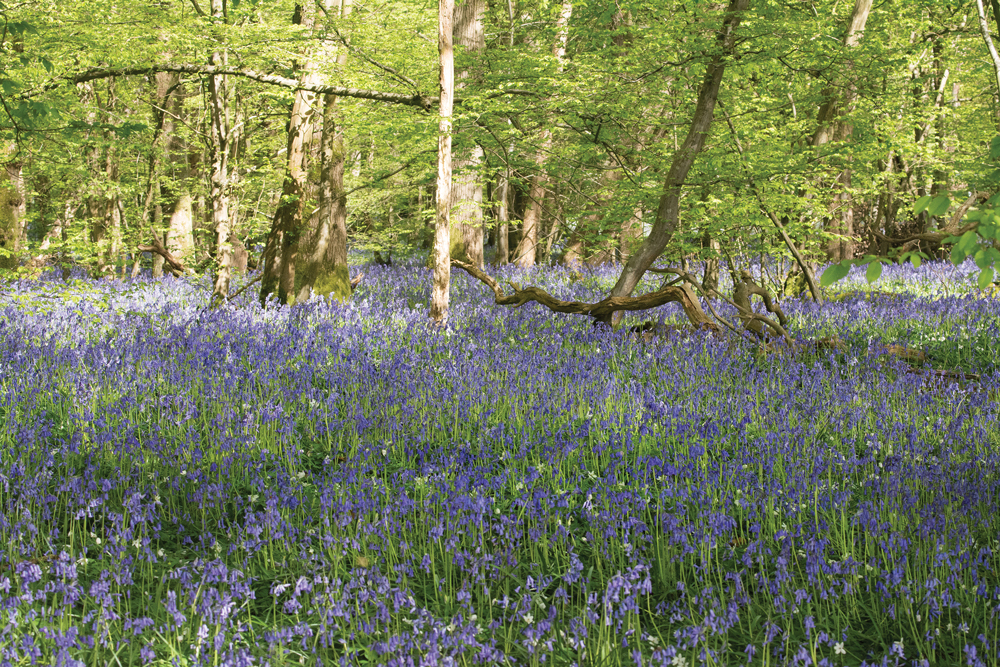
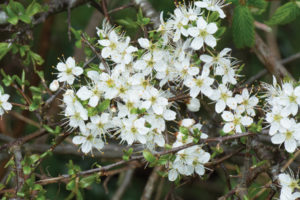 Sussex and Surrey have an abundance of woodlands – here the flowers appear early in the year when the ground has warmed up and it is light. Once the leaves on the trees have come out, the woods become too shady for most flowers to grow. Plants that take full advantage of the brighter spring conditions include wood anemones, bluebells, primroses, common dog-violets and lesser celandines. Of all these, perhaps the bluebell puts on the most impressive display, for few wild flowers cover the ground so completely or smell as sweet. Chinthurst Hill near Wonersh, Brede Hill near Battle, Heaven Farm near Uckfield and Angmering Woods near Arundel, all put on annual bluebell spectaculars along with a medley of other spring flowers.
Sussex and Surrey have an abundance of woodlands – here the flowers appear early in the year when the ground has warmed up and it is light. Once the leaves on the trees have come out, the woods become too shady for most flowers to grow. Plants that take full advantage of the brighter spring conditions include wood anemones, bluebells, primroses, common dog-violets and lesser celandines. Of all these, perhaps the bluebell puts on the most impressive display, for few wild flowers cover the ground so completely or smell as sweet. Chinthurst Hill near Wonersh, Brede Hill near Battle, Heaven Farm near Uckfield and Angmering Woods near Arundel, all put on annual bluebell spectaculars along with a medley of other spring flowers.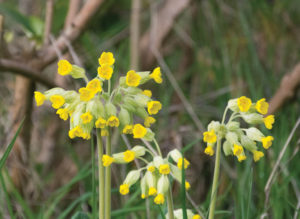 a captivating appeal for many people and to discover one is thrilling. Ditchling Beacon and Malling Down are excellent places to search for them. Look out now for the early purple orchid – its clusters of flowers, long spotted leaves and unpleasant smell help to identify it – and come back in the summer for more orchid spotting.
a captivating appeal for many people and to discover one is thrilling. Ditchling Beacon and Malling Down are excellent places to search for them. Look out now for the early purple orchid – its clusters of flowers, long spotted leaves and unpleasant smell help to identify it – and come back in the summer for more orchid spotting.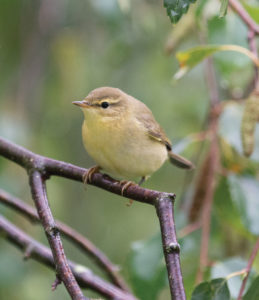 There is no better season for listening to bird song and often the adventures begin by simply opening a window! Every habitat has its own star performers with some having flown vast distances to be with us. If you want to hear some outstanding virtuosos then head to heathlands such as Chobham, Pirbright, and Iping and Stedham Commons. Here you may hear (if not see) buzzy Dartford warblers, melodious willow warblers or perhaps a chirring nightjar or two. Even more discrete than these birds are the nightingale – its drab, brown colouring making it almost impossible to spot in the dense undergrowth it inhabits. Its song, though, is unmistakable and the male sings both day and night until it finds a mate. Make your way to Ebenhoe Common, Pulborough Brooks and Puttenham Common for an unforgettable auditory experience. Make a note of International Dawn Chorus Day which is on Sunday 2nd May this year. Events are usually planned by a range of local wildlife groups.
There is no better season for listening to bird song and often the adventures begin by simply opening a window! Every habitat has its own star performers with some having flown vast distances to be with us. If you want to hear some outstanding virtuosos then head to heathlands such as Chobham, Pirbright, and Iping and Stedham Commons. Here you may hear (if not see) buzzy Dartford warblers, melodious willow warblers or perhaps a chirring nightjar or two. Even more discrete than these birds are the nightingale – its drab, brown colouring making it almost impossible to spot in the dense undergrowth it inhabits. Its song, though, is unmistakable and the male sings both day and night until it finds a mate. Make your way to Ebenhoe Common, Pulborough Brooks and Puttenham Common for an unforgettable auditory experience. Make a note of International Dawn Chorus Day which is on Sunday 2nd May this year. Events are usually planned by a range of local wildlife groups.
